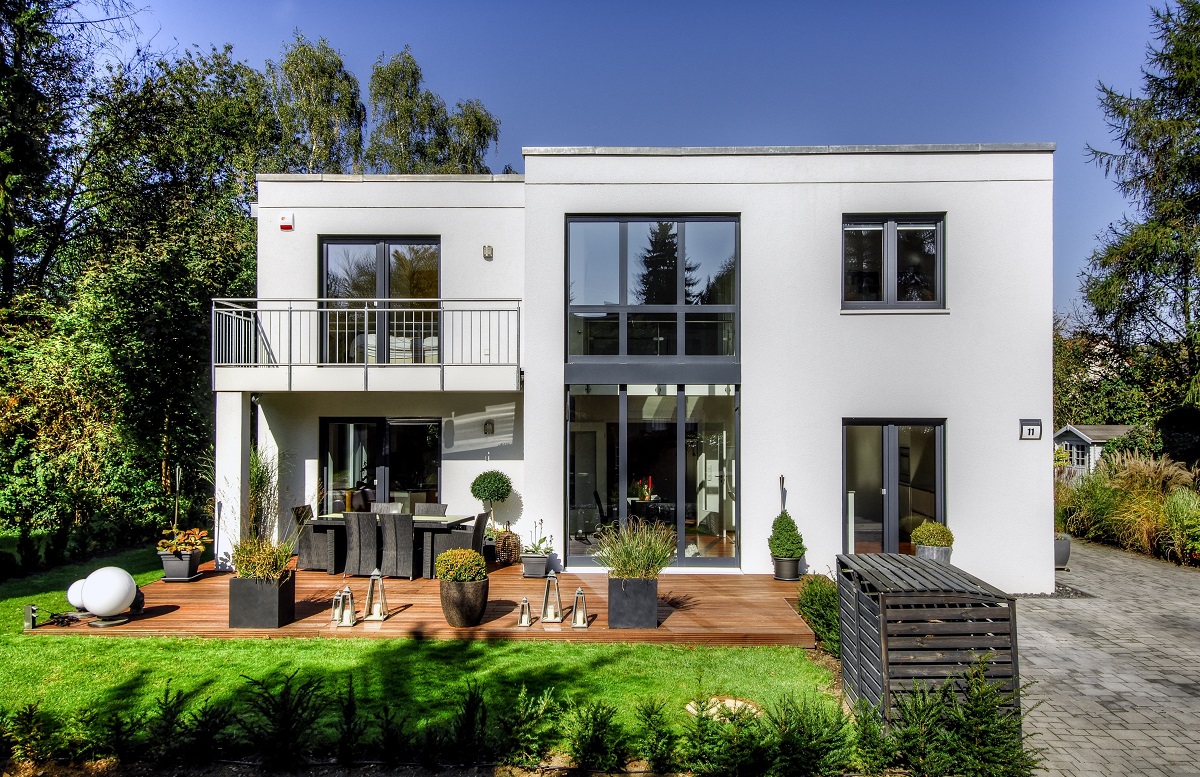Having a place to live and an office to work in are essentials for any human being. Without them, societies cannot move forward. They cannot develop. It will never be any different.
However, the way we live and the way we work are in constant evolution. They are always changing. In the real estate industry, this signifies going back to basics, finding ways to create affordable housing, and protecting our environment.
Back to Basics
A few years ago, most people in developed cities and other metropolitan areas all shared the same housing dream. It was to live in a luxury, high-rise condominium overlooking a beautiful park, a museum, or the magnificence of the urban sprawl. And who could blame them? The high-end apartment buildings of today are not just dwellings for people to live in. They are also entertainment and health facilities, shopping alternatives, and business hubs.
Along with many other things, the covid-19 global pandemic has changed this. People are moving back to the suburbs, their ideas of perfect homes shifting to detached houses, large patios and gardens, multi-functional carports, and spacious living rooms.
As the virus continues to spread, more and more people understand the value of isolation, self-protection, and safety. Thus, the real estate housing industry is moving in a different direction, one that might continue for a while.
Affordable Housing
The idea of affordable housing has always existed. Since the beginning of time, governments worldwide have been looking for ways to provide homes for those less fortunate members of society. But perhaps now this is more important than ever before. Unemployment numbers continue to rise, and more people are left without a job and a means to provide for their families.
But what does affordability in housing mean? Is it based on construction materials and paying off mortgages and other types of loans? Does it deal with sustainability and paying it forward to the generations to come? What about the other side, the perspective of the real estate companies? How can they continue making a profit with rising costs in labor and machinery?
There are far too many questions and few answers. Still, the important thing is that the topic itself continues to gain popularity, and both local and regional communities have included it in their short and long-term goals.

Brick and Mortar Versus Online
Any business that wants to be successful should have a strong online presence. Without a quality website, an online store, and an informative blog, chances are your organization will not survive.
For some enterprises, especially those in the IT, high technology, and service industries, it has been a relatively straightforward process. If I am in the online education business, having a physical workspace is not a pressing need. The same goes for giant corporations in the cloud computing arena.
Of course, they need server farms and data centers. But aside from that, almost everything else can be done online.
But what about a small ice cream vendor inside a shopping mall, a movie theater, a showroom, or a general merchandising shop? How can they survive?
The key lies in collaboration and the proper use of space. It is managers of shopping malls and commercial buildings working together with real estate agents and tenants. It is also using available space for a variety of purposes.
Sustainability and Environmental Protection
Fifty years ago, the global population was around 2.5 billion people. Currently, it is almost 8 billion. It represents a growth of more than 300% in less than half a century. It means that on average, each person has three times less space for himself than in the past.
But it’s not only that. It also means much larger amounts in consumption and never-before-seen levels of pollution and environmental destruction. Finally, it is the vast depletion of natural resources for food and fuel.
Solutions to these issues include political and economic reform, birth control, and cross-countries treaties like the Kyoto Protocol and the Paris Agreement.
From a real estate perspective, we are talking about nature-friendly construction materials, vertical and floating cities, self-sustaining dwellings, and finding harmony with our surroundings. These measures aid in maximizing the number of people that can live in one spot in comfort, and the need to find alternative sources of energy.
The real estate industry is a reflection of society. When times are good, we see more buildings, bigger houses, and exuberance. When times are bad, we see shacks and dirty streets.
But we also see innovation and change. We see people coming together to build better cities for themselves and their children.

